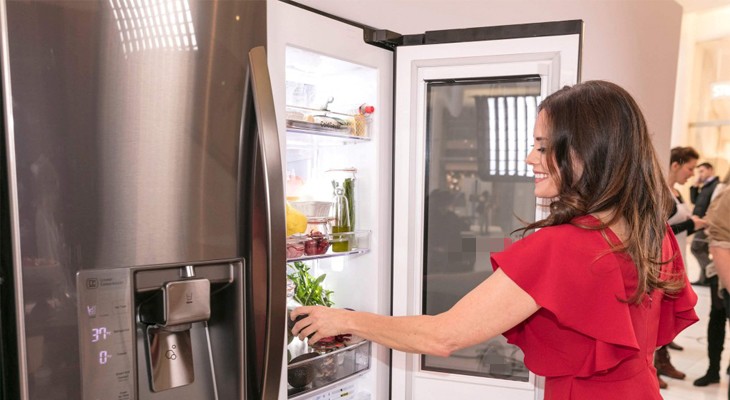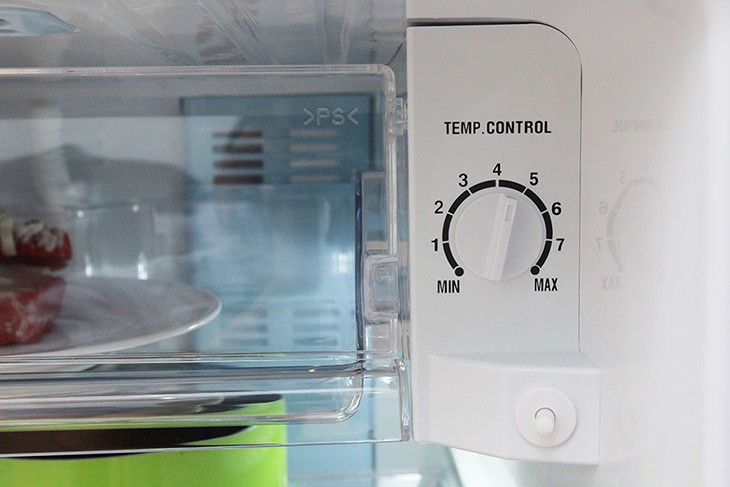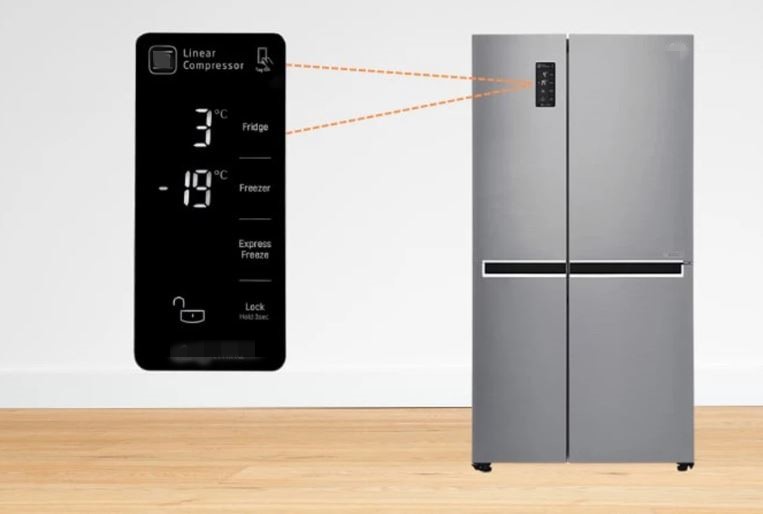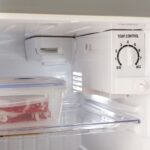The temperature control knob in your refrigerator is there for a reason. Temperature plays a crucial role in food preservation, affecting both the longevity and nutritional quality of your groceries. It also impacts the appliance’s energy consumption.

Experts recommend adjusting your refrigerator’s temperature based on the amount of food stored and the season. Only with the right temperature settings can your refrigerator operate most efficiently and economically. So, what’s the ideal temperature setting for the summer heat?
Adjusting Your Refrigerator’s Temperature for Summer
In reality, temperature settings can vary significantly across different refrigerator models. Older refrigerators often feature a round knob located in the cold storage compartment, with numbers indicating temperature levels. The first number is usually the warmest setting (MIN), and the temperature decreases as you turn the knob towards the last number (MAX). On the other hand, some modern refrigerators allow temperature adjustments through an external control panel with specific temperature readings.
– For Older Refrigerators with a Round Temperature Knob
During the summer, it’s advisable to set the temperature to the middle range. For instance, if your knob is numbered from 0 to 7, aim for a setting between 3 and 4. If your refrigerator is well-stocked with food, you may want to turn the knob to a higher setting, such as 6 or 7, to ensure optimal cooling.
Adjusting the temperature to a range between the warmest and medium settings (from MIN to around 3-4) or even the coldest (MAX) during the summer months will help ensure your refrigerator operates at its best.

– For Newer Refrigerators with a Temperature Control Panel
This type of refrigerator doesn’t have a mechanical temperature control inside the unit. Instead, it features a temperature control panel with specific temperature readings.
For this type of refrigerator, the cold storage temperature typically ranges from 1°C to 8°C. To maintain the freshness of your food, the optimal temperature is usually around 3-4°C. However, during the hot summer months, it’s advisable to set the temperature lower to prevent food spoilage. In contrast, during winter, you can slightly increase the temperature since bacteria struggle to thrive in colder conditions.

The reason for lowering the refrigerator’s temperature in the summer is that the high outdoor temperatures can hinder the appliance’s heat dissipation process. This, in turn, reduces the refrigerator’s cooling efficiency and increases its power consumption. Failing to adjust the temperature can lead to ineffective food preservation and higher electricity costs.
The Perfect Fridge Temperature for a Sweltering Summer
The temperature of your refrigerator plays a crucial role in preserving food for extended periods while maintaining its nutritional integrity. With scorching summer heat, it begs the question: should we adjust our fridge temperatures to combat the soaring external heat and ensure our food stays fresh and safe for consumption?




































